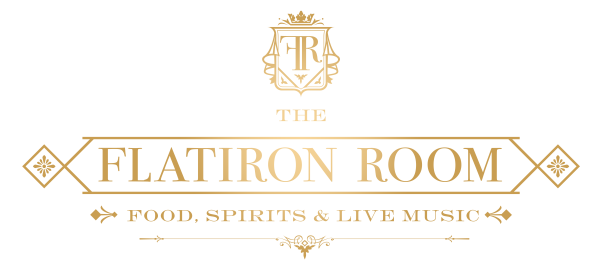
From scotch to bourbon to rye, whiskey has many monikers. To make matters more confusing, whiskey has alternate spellings depending on what part of the world it comes from. It’s one thing to try to keep track of all these names and another to understand what each different name for whiskey signifies.
When it comes to whiskey vs. scotch, what it ultimately boils down to is its geographical region. However, there’s a bit more to it than that. The ingredients and production methods are part of what sets scotch whisky apart from other world whiskeys.
Difference Between Scotch and Whiskey
To fully understand the difference between scotch and whiskey in general, let’s first break down what whiskey itself is. Here’s a quick run-down of different types of whiskeys and how scotch differs from the bunch.
Whiskey is a spirit made from malted grain, including wheat, rye, barley and corn. It’s typically aged in wooden casks, most often oak, and is recognizable by its rich amber color.
There are several different types of whiskey, which are named for their country of origin and production methods. For example, bourbon is an American whiskey made from corn malt and produced predominantly in Kentucky. Rye whiskey can be American or Canadian and is made from malted rye.
Depending on where it comes from, whiskey has alternate spellings. “Whiskey” is the spelling used for American and Irish whiskey. Without the ‘e,’ “whisky” is the spelling used for Canadian, Japanese and Scottish whiskies, aka scotch.
As the name suggests, scotch whisky is produced exclusively in Scotland, usually from barley or a mix of grains.
There are several different types of scotch whisky, but the two most common are:
- Single malt scotch. Single malt scotch comes from only one distillery and is made from a malted barley mash.
- Blended scotch. Blended Scotch is made by blending barrel-aged malt whisky and grain whisky.
Scotch is often matured for up to 10 years, and the minimum requirement is three years in oak casks. This contributes to scotch’s unique flavor profile and reputation as a fine whisky.

What Does Whiskey Taste Like?
Now that we’ve broken down some of the technical differences between scotch and other whiskeys, you’re probably wondering what Scotch tastes like compared to other versions of the spirit. First, let’s start with what whiskeys tend to taste like across the board.
As mentioned, most whiskey tends to be aged in oak barrels, which contributes to a classic flavor profile found across many different variations. The aging process imbues the spirit with flavor notes like caramel, vanilla, toasted almond, coconut, maple syrup and spice.
Here’s a general idea of how some of the most popular whiskeys taste:
- Bourbon. Bourbon whiskey is sweeter than most whiskies. Bourbon usually has notes of vanilla, oak, and caramel.
- Rye. Rye whiskey is usually less sweet and may even taste herbal and spicy.
- Irish whiskey. Irish whiskey is light and fruity compared to other whiskeys. It often has floral notes and vanilla flavors. Irish whiskey is known for its smooth finish.
Where the oak barrel the whiskey is aged in comes from can impact how the whiskey will taste. American oak gives the whiskey a sweet and spicy flavor, with coconut, caramel, vanilla, cinnamon and brown sugar hints. European oak usually makes for a drier whiskey, with flavors such as roasted almonds and nutmeg or toffee.
Whether a barrel’s interior is charred, toasted, or both also plays a part. For example, charred oak barrels can contribute roasted or smoky flavors. A toasted barrel usually brings out the sweetness in a whiskey.
What Does Scotch Taste Like?
Scotch whisky has a bolder and more distinguished flavor when compared to other whiskeys. Blended scotch whisky often has a spicy but smooth finish with malty and buttery flavors.
Single malt scotch, on the other hand, has a more oaky and woody flavor and is typically peaty or smoky.
Many people consider scotch whisky an acquired taste compared to other whiskeys like Bourbon, which tend to be on the sweeter side.
Attend a Whiskey or Scotch Tasting Class in NYC
We’ve explained the differences between scotch and whiskey down to geographical location, flavor, and aging processes, but you don’t have to take our word for it. If you want to experience the difference between scotch and whiskey in general for yourself, come down to the Flatiron Room for one of our spirit classes or a scotch tasting.
From scotch whisky to world whiskeys and luxury whiskeys, we’ve got you covered. At our educational whiskey tastings, you’ll learn even more about the nuances and complexities of some of our favorite whiskeys. What’s more, you’ll be greeted with a welcome cocktail on arrival and a snack platter before you savor different whiskies from regions like the Scottish Highlands, Lowlands, Campbeltown, Speyside, the Islands, and Islay! If you like, you can join us for dinner afterward by making a reservation before you arrive.
Click here for our full list of whiskey tasting and spirit classes in NYC.

